Quantica Audio Modula: a digital mixing revolution?
Quantica Audio has released Modula, a new kind of digital mixing environment. Powered by plug-in technology from Acustica Audio, Modula runs outside of your DAW and lets you view and control plug-ins in a new kind of way. Will this touchscreen-optimized interface revolutionize the way we mix?
Quantica Audio Modula
Quantica Audio is a joint venture between Acustica Audio and Luca Pretolesi’s Studio DMI. With Modula, the new company is presenting what it calls “the definitive mixing solution”. The Modula software is a stand-alone plug-in rack which runs outside of the main DAW. It’s designed to provide a console-like workflow using specialized adaptations of Acustica plug-ins. The idea is to have a mixing desk on a screen, where each channel is fully customizable. Quantica says that they wanted to create “the closest experience possible to mixing on a real analog desk”, without the need for physical hardware.
Touchscreen support
One of Modula’s major features is its compatibility with touchscreen interfaces. According to Quantica, running the software on a 27″ touchscreen yields 100 mm long virtual faders. The company also says that it plans to add multi-touch support in the future. If you decide to go all-in and build your hardware setup around Modula, this could indeed be a game changer and create a virtual console workflow unlike anything we’ve ever seen before. However, you’d have to rely on Acustica plug-ins almost exclusively to take full advantage of it. Adding any third-party plug-in to the signal chain means switching back to your DAW, which kind of defeats the purpose, in my opinion.
Full DAW integration
The stand-alone software communicates with the DAW through Modula plug-ins inserted into the DAW channels. It appears that settings in Modula are mirrored in the DAW and vice versa. According to Quantica, you can also run the Modula plug-ins without using the external software shell. But then what’s the point? The developer also plans to add server functionality to Modula in a later update, which will let you run Modula on a separate machine, thereby reducing the CPU load on your main DAW computer. As of now, we don’t know when that will happen, but the prospect is of course exciting if you routinely max out your DAW computer with heavy processing.
Included plug-ins
Modula comes with four “skins”, as they call them, which are adaptations of Acustica’s Magenta 5, Magenta 5 Black Edition, Gold 3 and Diamond Color EQ 3. They use the same VVK effects sampling technology as the original Acustica plug-ins. You’ll be able to add more skins, aka Modula-optimized Acustica plug-ins, from the Acustica store later. As of now, the FAQ states that you’ll get the Modula version for free if you already own an Acustica plug-in such as Cola, and that this policy may change in the future. Still, there seems to be a bit of confusion in the user community about whether or not owners of Acustica Acqua plug-ins will have to buy them again for Modula. We also don’t know if Quantica plans to release the full range of Acustica Acqua plug-ins for Modula. It would be great if they’d clearly state their intentions in this regard.
Price and compatibility
Then, there’s the price. Modula is now available for an introductory price of USD 699, which will later increase to USD 999. My initial reaction was, “wow, that’s pretty steep,” and from what I can tell from feedback on the web, I’m not alone. If Modula delivered everything the developers are promising for the future, like multi-touch, server support and inter-channel communication, such an investment might be justifiable for a new centerpiece of your studio. As of now, I’m not so sure.
Yes, the workflow looks very nice, but at this point I don’t know if I’d be willing to spend that kind of money on what is essentially an external plug-in host exclusively for Acustica plug-ins—especially if I already owned the included plug-ins and could simply continue to run them inside of my DAW. Add to that the uncertainty of how much it will cost to add skins to Modula in the future. The user experience would have to be pretty great for me to consider that, and I have a feeling I’m not alone in this, too.
Quantica Audio Modula runs on Windows 10 and macOS 10.13 and 10.14. The version for macOS 10.15 Catalina is still experimental. The authorization process for both the Modula application and the individual plug-ins is handled by Acustica’s Aquarius app.
More information
Video
You are currently viewing a placeholder content from YouTube. To access the actual content, click the button below. Please note that doing so will share data with third-party providers.
2 responses to “Quantica Audio Modula: a digital mixing revolution?”
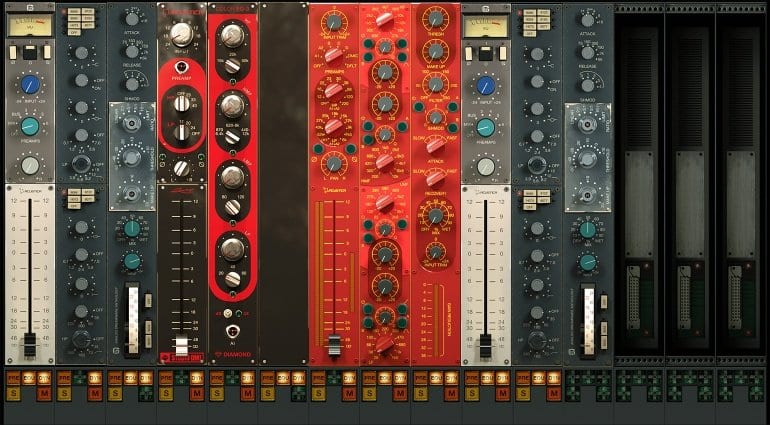

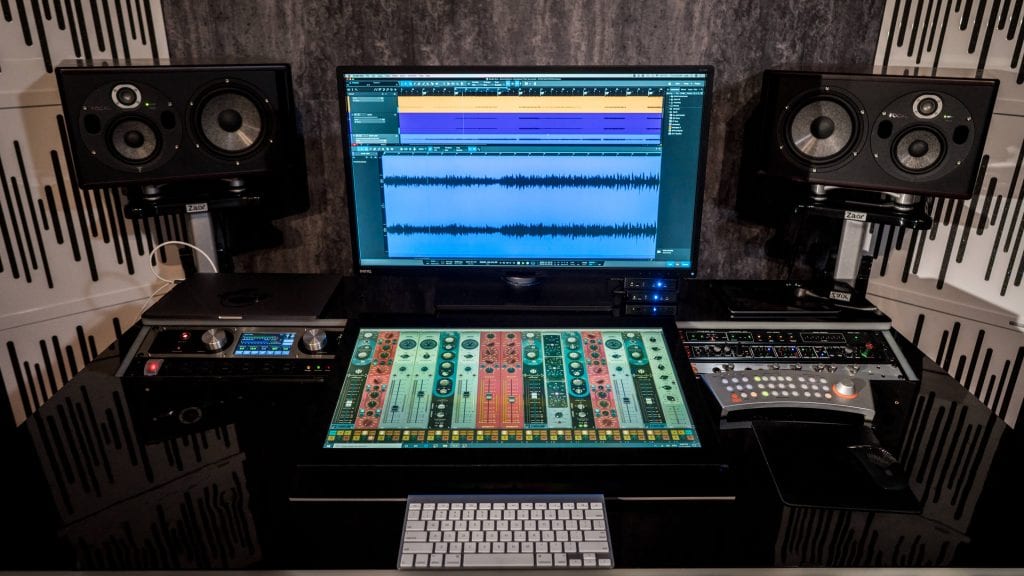
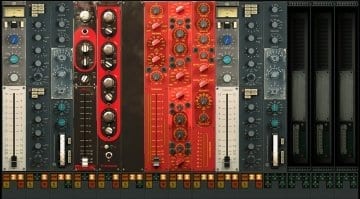

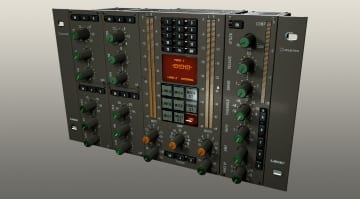
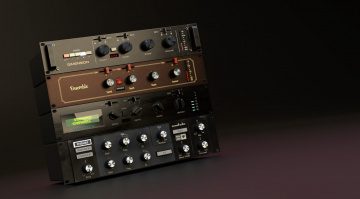
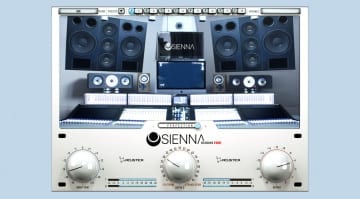
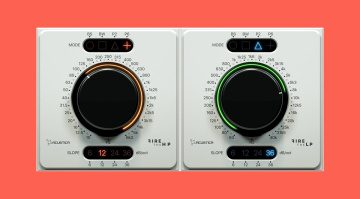
IMHO – touch screens can never replace the real physical controls. First, you don’t have any feedback and second, our brain just uses too much “thought time” focusing on the screens and whether or not you are touching the right spot. That’s all very distracting.
With physical controls you can just grab that knob (or a couple of them), close your eyes and just listen till you hit that sweet spot in mix.
Which Multi-Touch Display can I use with MAC OS Big Sur?